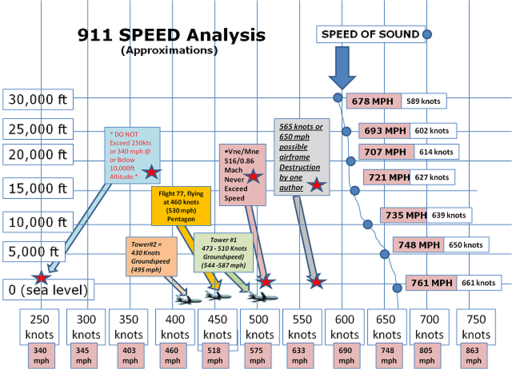Ron J
Active Member
1) One must find the object; 2) One must avoid hitting other things on the way; 3) One then hits the targets 3 for 3 at speeds in excess of any safety standards and at very low altitudes . . . and at a 30 to 45 degree bank at the towers and at 30 feet off the ground at the Pentagon . . .
Finding the Towers was not difficult. They were two fingers that stood tall over anything else on Manhattan. In the case of the Towers, there were not particularly any objects in the way, as surrounding buildings were well below the altitude of the jetliners. The closest tall object would have been the Empire State Building, but that did not have to be evaded in order to hit WTC1 straight on from the north.
Flight 11 was perfectly lined up with the North Tower. I would guess that the bank was simply to slice the wings through multiple floors, causing as much damage as possible. I would guess it was a last second maneuver on Atta's part, which didn't affect the north/south trajectory into the building.




 26.9% (75)
26.9% (75)